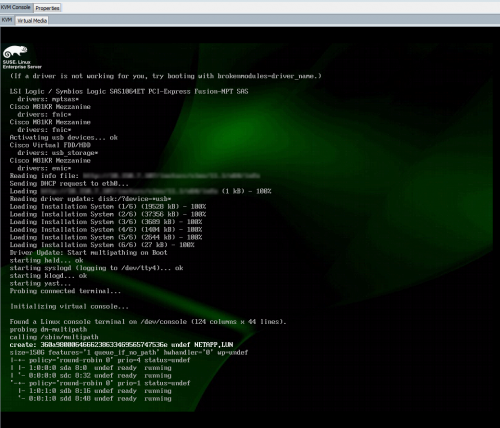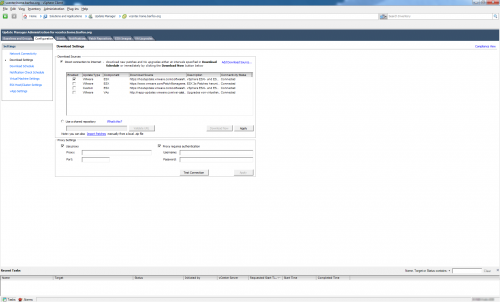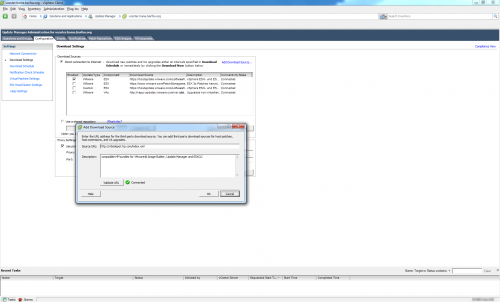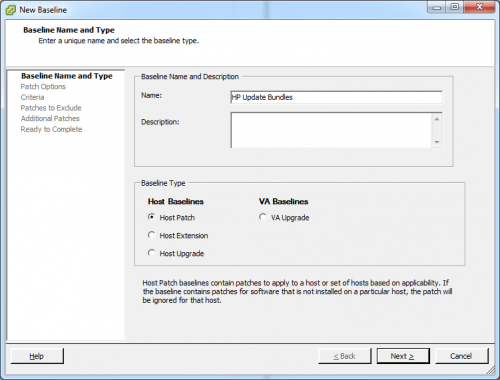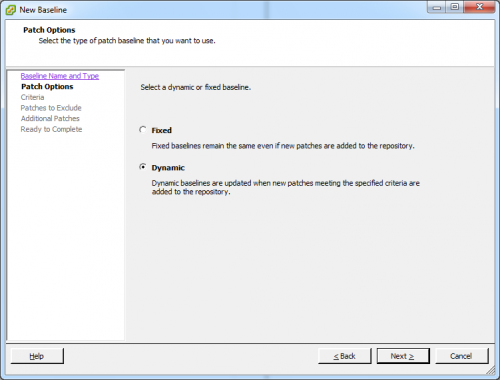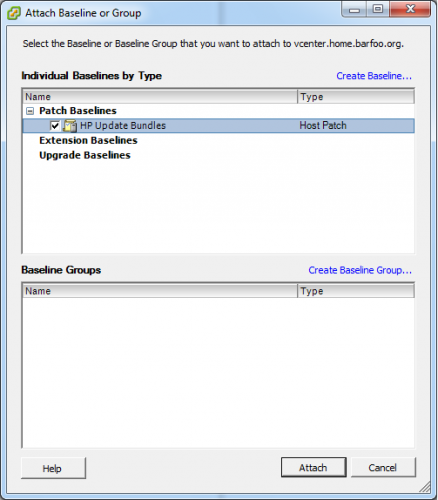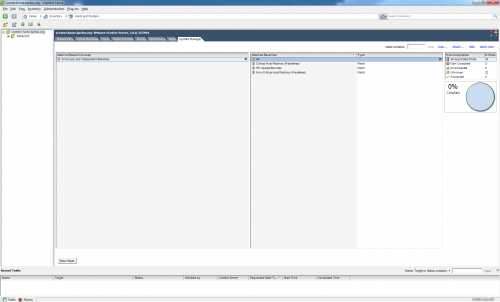As I wrote before about enabling multipathing for the AutoYaST installation it’s about time I write this one here.
Sadly AutoYaST needs a little push in the right direction (as to where to actually put the root device), so here’s part of my AutoYaST profile for such a Cisco blade:
|
1 2 3 4 5 6 7 8 9 10 11 12 13 14 15 16 17 18 19 20 21 22 23 24 25 26 27 28 29 30 31 32 33 34 35 36 37 38 39 40 41 42 43 44 45 46 47 48 49 50 51 52 53 54 |
<profile xmlns="http://www.suse.com/1.0/yast2ns" xmlns:config="http://www.suse.com/1.0/configns"> <bootloader> <device_map config:type="list"> <device_map_entry> <firmware>hd0</firmware> <linux>/dev/sda</linux> </device_map_entry> </device_map> </bootloader> <partitioning config:type="list"> <drive> <device>/dev/sda</device> </drive> </partitioning> <scripts> <pre-scripts config:type="list"> <script> <debug config:type="boolean">false</debug> <feedback config:type="boolean">false</feedback> <filename>config-ucs.sh</filename> <interpreter>shell</interpreter> <source><![CDATA[ cat /tmp/profile/autoinst.xml | sed "s,/dev/sda,/dev/mapper/`/sbin/multipath -ll | grep dm-0 | cut -d -f1`," > /tmp/profile/modified.xml ]]> </source> </script> </pre-scripts> <chroot-scripts config:type="list"> <script> <chrooted config:type="boolean">true</chrooted> <debug config:type="boolean">true</debug> <feedback config:type="boolean">true</feedback> <filename>config-ucs-chroot.sh</filename> <interpreter>shell</interpreter> <location>http://install.home.barfoo.org/autoyast/scripts/config-ucs-chroot.sh</location> </script> </chroot-scripts> </scripts> <software> <packages config:type="list"> <package>multipath-tools</package> </packages> </software> </profile> |
Now, the profile addition takes care of the placement of the root-device now (simply parses multipath -ll) and adjusts the pulled profile accordingly (/tmp/profile/modified.xml), which AutoYaST then re-reads.
Now, after installing the system, it’s gonna come up broken and shitty. That’s what the chroot-script above is for. This script looks like this (the original idea was here, look through the attachments):
|
1 2 3 4 5 6 7 8 9 10 11 12 13 14 15 16 17 18 19 20 21 |
#!/bin/bash echo "defaults { user_friendly_names yes bindings_file /etc/multipath_bindings }" > /etc/multipath.conf sleep 1 # Fix wrong root-path in /etc/fstab sed -i 's/mapper/.*_part/disk/by-id/scsi-mpatha-part/' /etc/fstab # Fix grub root-path and wrong root-partition sed -i -e 's/mapper/.*_part/disk/by-id/scsi-mpatha-part/' -e 's,scsi-mpatha-part2,scsi-mpatha-part3,' /boot/grub/menu.lst # Fix the device.map echo -e "(hd0)t$( ls /dev/disk/by-id/scsi-* | grep -v part )" > /boot/grub/device.map sleep 1 mkinitrd -f multipath |
What the script does, is 1) fix the occurances of /dev/mapper/, since this isn’t the proper way 2) create a multipathing initrd. Without the creation of the multipath-aware initrd the system will also not boot!
